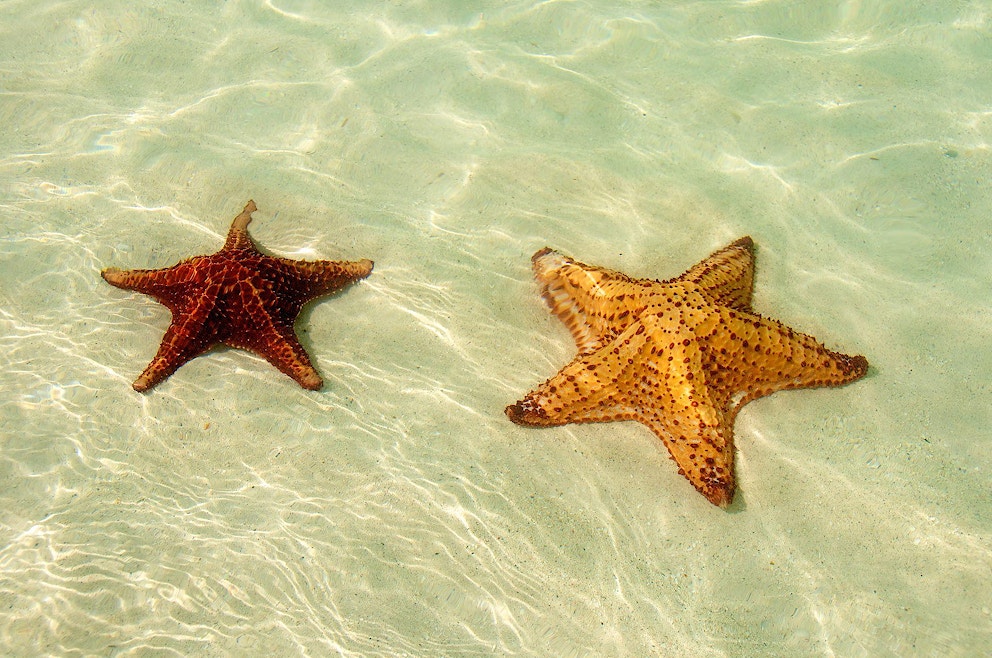
Cayman Waters Dos and Don'ts: Marine and Environmental Laws in the Cayman Islands
A summary of the marine and environmental laws in the Cayman Islands.


Below is a summary of the marine and environmental laws in the Cayman Islands. Any breach of these laws are considered a serious offence and you could face a fine and imprisonment.
Marine Parks
Grand Cayman has a comprehensive network of marine parks covering over 48% of its territorial waters. These protected areas, such as the George Town Marine Park, Coxswain Bank, and those around Cayman Brac and Little Cayman, serve as crucial havens for diverse marine life, including coral reefs, fish, and marine mammals.
Designed to preserve breeding grounds and habitats, these parks contribute significantly to the ecological health of the island's waters. They also solidify Grand Cayman's global standing as a premier diving and snorkeling destination.
You can learn more about the Cayman Islands' Marine Parks by visiting the Department of Environment's website.
Get the Conserve Cayman App
The Cayman Islands Department of the Environment has created an App to show the boundaries for the Marine Parks' zones . You can also learn about the laws, closed seasons and catch limits for various marine species as well as protections in place for others. Download the Cayman DoE App from Google or Apple.
Boating & Jet Skiing
No boating or jet skiing is permitted in designated swim areas (most of these are located along Seven Mile Beach), and you should travel at less than 5mph when your vessel is within 200 yards of the shoreline. When you get farther out, keep a really close look out for people snorkelling and diving. If you approach a boat, assume that people are in the water near it and steer a wide berth around the area. If it is flying a dive flag, you are obliged by law to slow to 5mph and proceed cautiously.
Click for more on chartering a local captain to take on you on a deep sea fishing excursion
Fishing
Fishing in Cayman is legal, however, ‘catch and release’ is encouraged. There is an eight inch minimum on any fish caught and there are very strict rules on which fish cannot be removed from the sea. Visit www.doe.ky/laws/marine-parks-brochure for details on protected fish. See the Fishing section for details on fishing charters.
Seasons & Catch Limits
Lobster Season: 1st December—28th February.
Lobster Limit: Three per person per day or six per boat per day, whichever is less. Six inch tail size minimum. Spiny lobsters only.
Conch Season: 1st November—30th April.
Conch Limit: Five per person per day, ten per boat per day, whichever is less.
Whelk Season: 1st November—30th April.
Whelk limit: Two-and-a-half gallons in the shell or two-and-a-half pounds of processed whelks per person per day.
Nassau Grouper: 1st May—30th November.
Catch Limit: Five per person or five per boat per day, whichever is less. Only Nassau grouper between 16 inches and 24 inches (inclusive) may be taken from Cayman waters.
Turtles
- No one may disturb, molest or take turtles in Cayman waters or on Cayman’s beaches without a licence.
- Possession of turtle eggs is prohibited.
- For licensed fishermen, open season runs from 1st December—31st March
Starfish
Starfish belong in the water. It‘s illegal to remove or raise them out of the water.
Learn about the ongoing fish-feud with this pesky pterois
Lionfish Culling
The red lionfish's indiscriminate feeding habits have decimated prey populations, leaving a trail of destruction in its wake. This has led to the overgrazing of coral polyps, putting these vital structures at risk of bleaching and death. The consequences are far-reaching, threatening the survival of the diverse marine life that depends on coral reefs in the Cayman Islands.
To combat this invasive menace, the Cayman Islands Government has implemented a multi-pronged approach. Targeted culling programs involving trained divers and anglers have significantly reduced lionfish numbers. Additionally, public outreach campaigns educate the community about the importance of lionfish control and their culinary potential.











